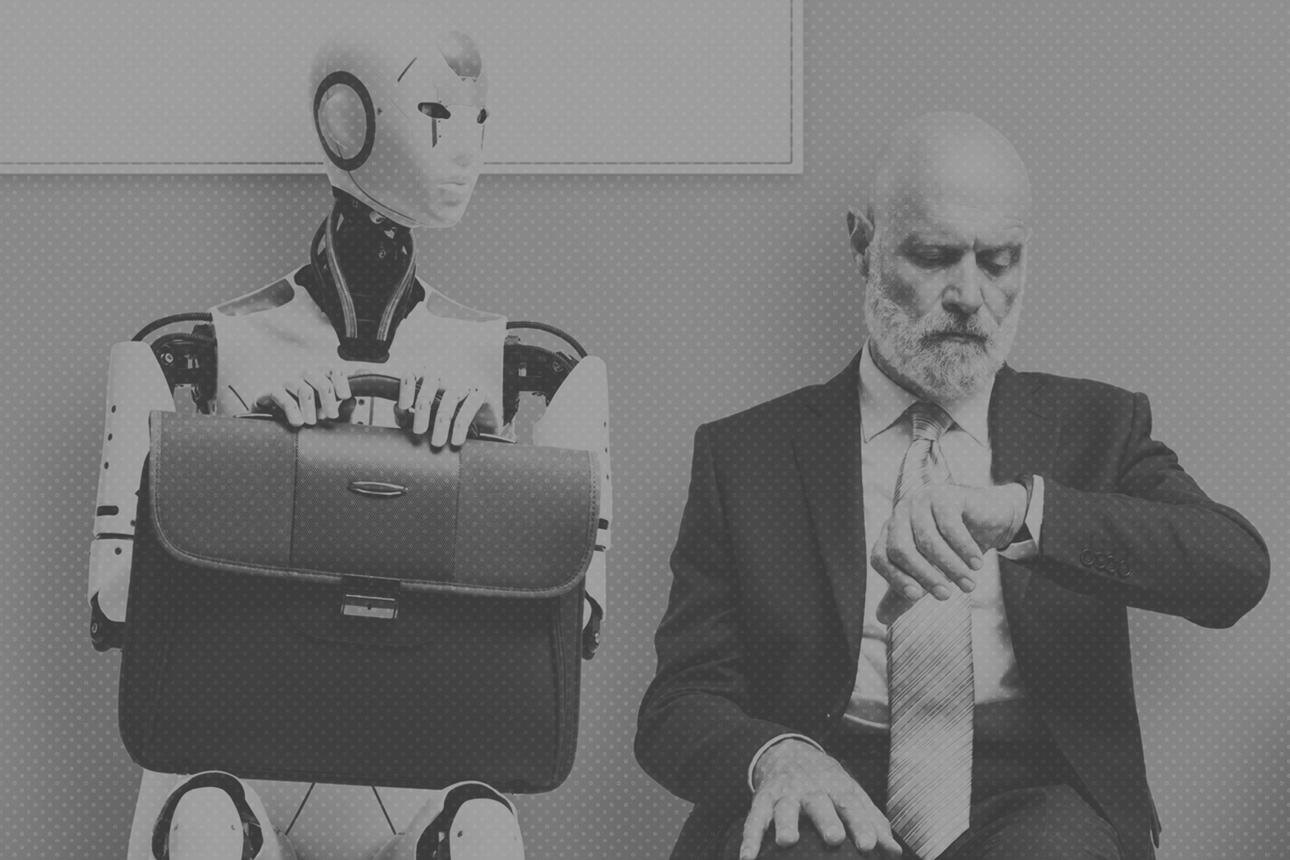Research finds that companies have been slow to adopt generative AI and that the technology’s labor impacts have not been widely felt.
Topics
Radar
Brief insights on emerging trends in management from the opening pages of MIT Sloan Management Review’s quarterly print magazine.
More in this series
Getty Images
Since the public rollout of ChatGPT nearly two years ago, the transformative potential of generative AI has been widely discussed. But so far, actual transformation has been slow and uneven.
Researchers at Goldman Sachs have been tracking the adoption of artificial intelligence by various industries. Joseph Briggs and Devesh Kodnani found that although companies’ investments in AI have soared, as of June 2024, only 5% of U.S. businesses report using AI to produce goods or services. Adoption has understandably varied widely across industries.
The effects of AI on the labor market have so far been muted. The researchers found that the unemployment rate for what they deem to be “AI-exposed jobs” has generally tracked the broader labor market (see “The Unemployment Rate for AI-Exposed Jobs Versus All Jobs”), and AI has rarely been cited as a justification for layoffs. This may be because of the practical challenges of replacing jobs with generative AI.
Some of the greatest worker anxiety has been in the arts and entertainment industry, where generative AI emerged as a major issue in labor actions by writers and performers last year. That’s the domain where Briggs and Kodnani found that AI adoption grew the most between the first and second quarters of 2024. While they didn’t break this data down by sectors, an investigation by Wired magazine found that companies in the video game industry have been quick to adopt generative AI — more so than their peers in the TV, film, or music industries — and to shrink their workforces soon thereafter.
As for workers themselves, the willingness to adopt generative AI tools appears to vary not just by industry but by age and expertise as well. A study by Anders Humlum at the University of Chicago Booth School of Business and Emilie Vestergaard at the University of Copenhagen Economics Department that looked at 100,000 workers in AI-exposed occupations in Denmark found wide variability in the use of and attitudes toward ChatGPT. They determined that younger and less-experienced workers were more likely than others to use ChatGPT — and that the likelihood of using it went down by 0.7 percentage points for every year of occupational experience, and by 1 percentage point for every year of age.
Bottom line: The revolution that generative AI promised to bring to how we work has yet to materialize.
“The MIT Sloan Management Review is a research-based magazine and digital platform for business executives published at the MIT Sloan School of Management.”
Please visit the firm link to site






